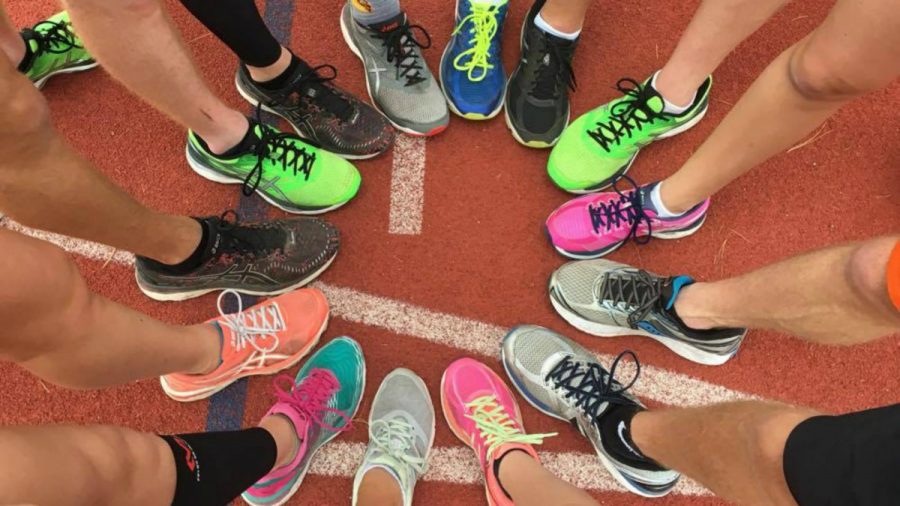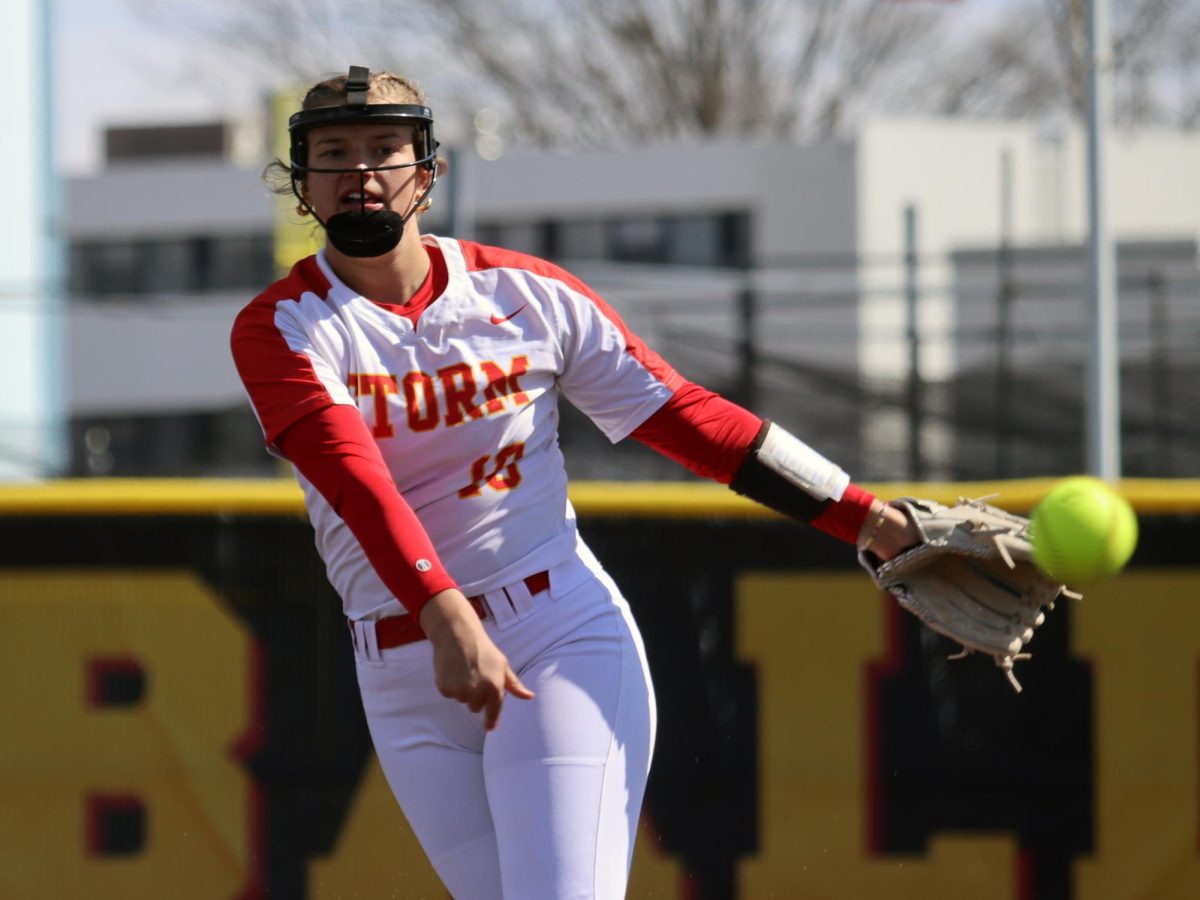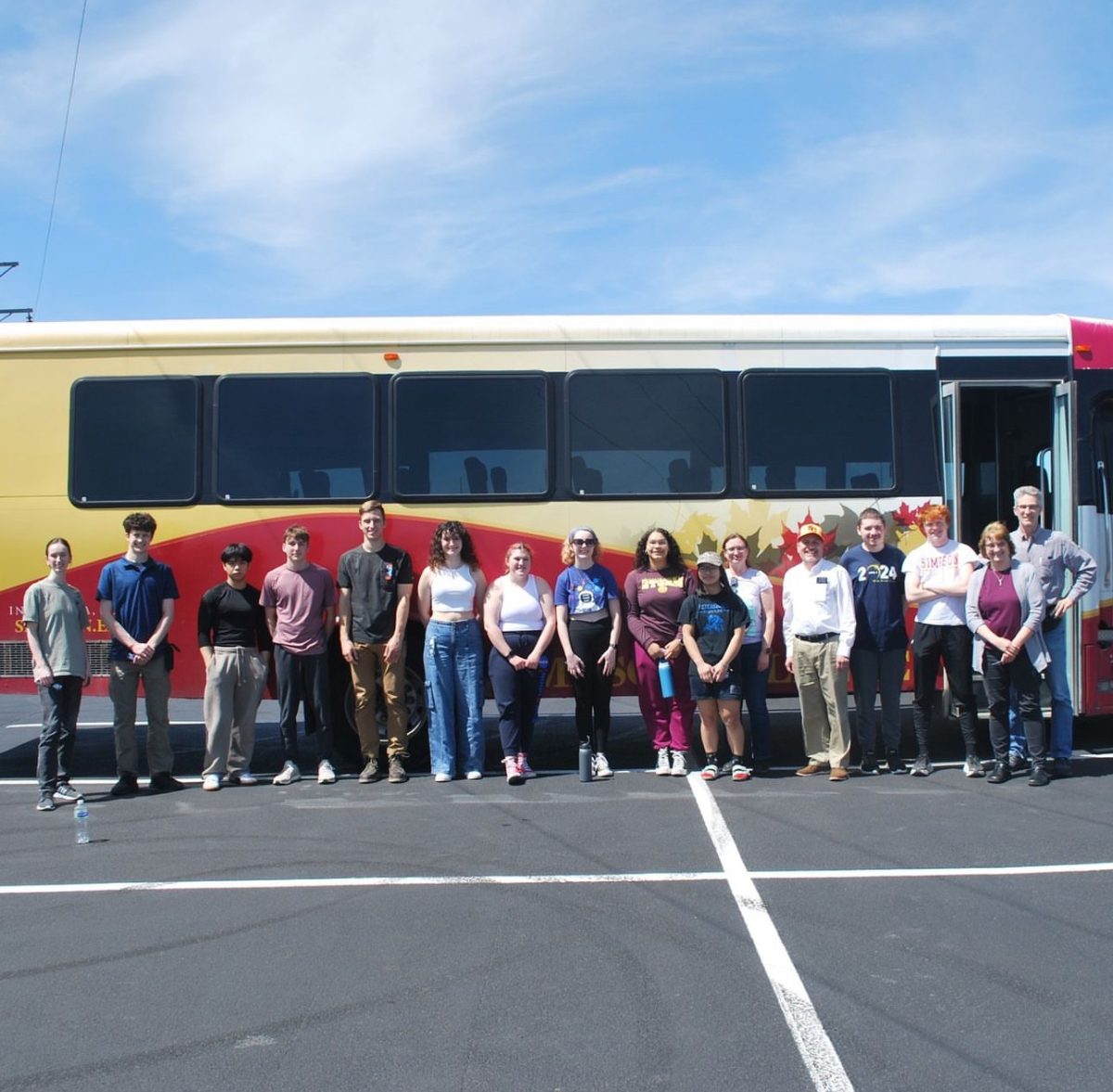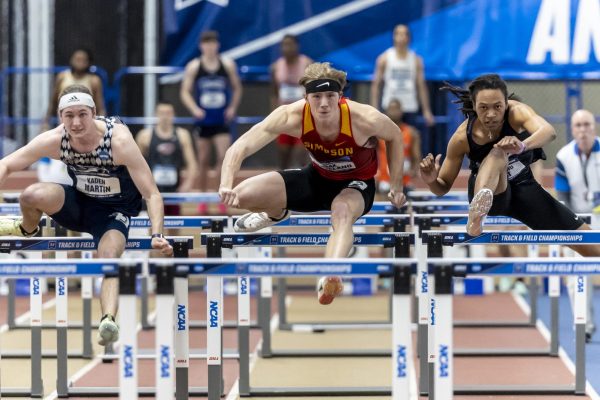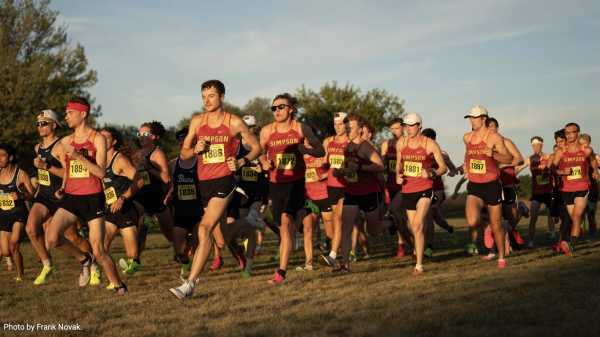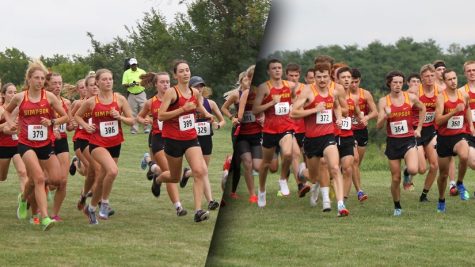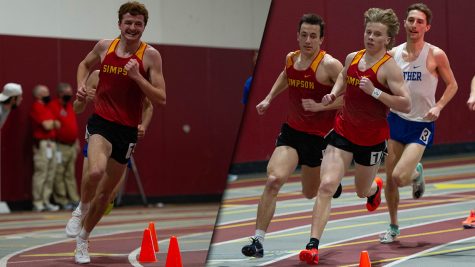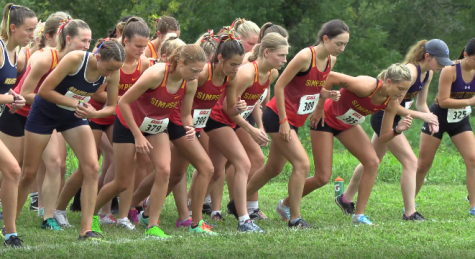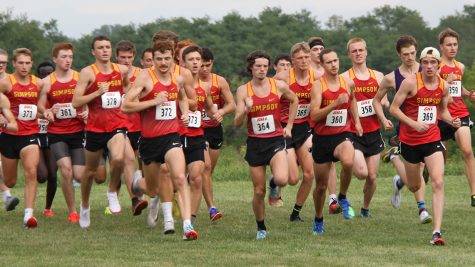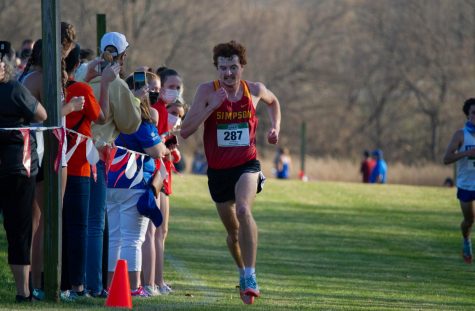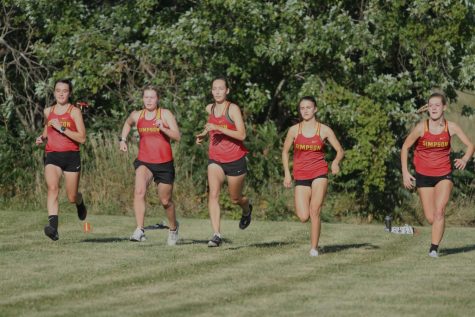Runners know their shoes
November 14, 2016
As Forrest Gump said, “There’s an awful lot you could tell about a person by their shoes.”
In 1895, J.W. Foster and Sons produced the first shoes designed for running. These shoes looked like the lovechild of a modern day track spike and a leather dress shoe.
From there, other companies started manufacturing and making running shoes until there were plenty of options on the market.
Some of the top brands today are Nike, Under Armour, Saucony, Brooks, Adidas and Asics.
Simpson Cross Country has a deal with Asics, so if runners order them through the team, they get a 40% discount.
“I ran in Mizunos all through high school, but once I got here I switched to Asics GT-2000s because of the team discount,” Trey Thompson said. “When I buy shoes, I look for the structure, how they support my super pronation and heel support. I have weak ankles and heel strike sometimes, so I want my heels to have a hard base so I don’t bend my foot funny. I look for a comfortable that is still decently light so it doesn’t feel like I have a big rock on my foot.”
Running shoes are usually rated for a certain number of miles before they wear out, so depending on their mileage, runners will go through shoes at a different rate.
“I put a max of 300 miles on a pair of shoes before I go buy new ones,” Morgan Moline said. “You can usually tell when you need to buy new ones because the bottom starts wearing out. If it’s smooth, that’s bad. You want as much tread possible.”
When Moline decides to buy new shoes, she said she looks for comfort first, and then color. She likes pink ones and other bright colors. Her current spikes are camouflage with orange and blue accents. She said she likes her shoes to pop.
“I like anything that looks a little bit badass, but a little bit feminine like me.” Moline said.
Ian McKenzie wears the Asics Gel-Cumulus, but before that wore the GT-1000. He started wearing the GT-1000s his freshman year of high school after he got injured and decided to switch his shoes up as a possible solution, and they worked.
Runners also wear spikes to run, but those are mainly used in meets.
“For me as a mid-distance runner, spikes help me run on my toes more and go faster, whereas training shoes allow you to run flat-footed and you don’t need the springiness that spikes provide,” McKenzie said.
McKenzie said he goes through about five or six pairs of shoes a year. He figures he runs 350 miles on a pair and goes about 2,000 miles a year, so that boils down to roughly 6 pairs a year.
When it comes down to it, these runners all said the most important things about a running shoe are the functionality and feel.



